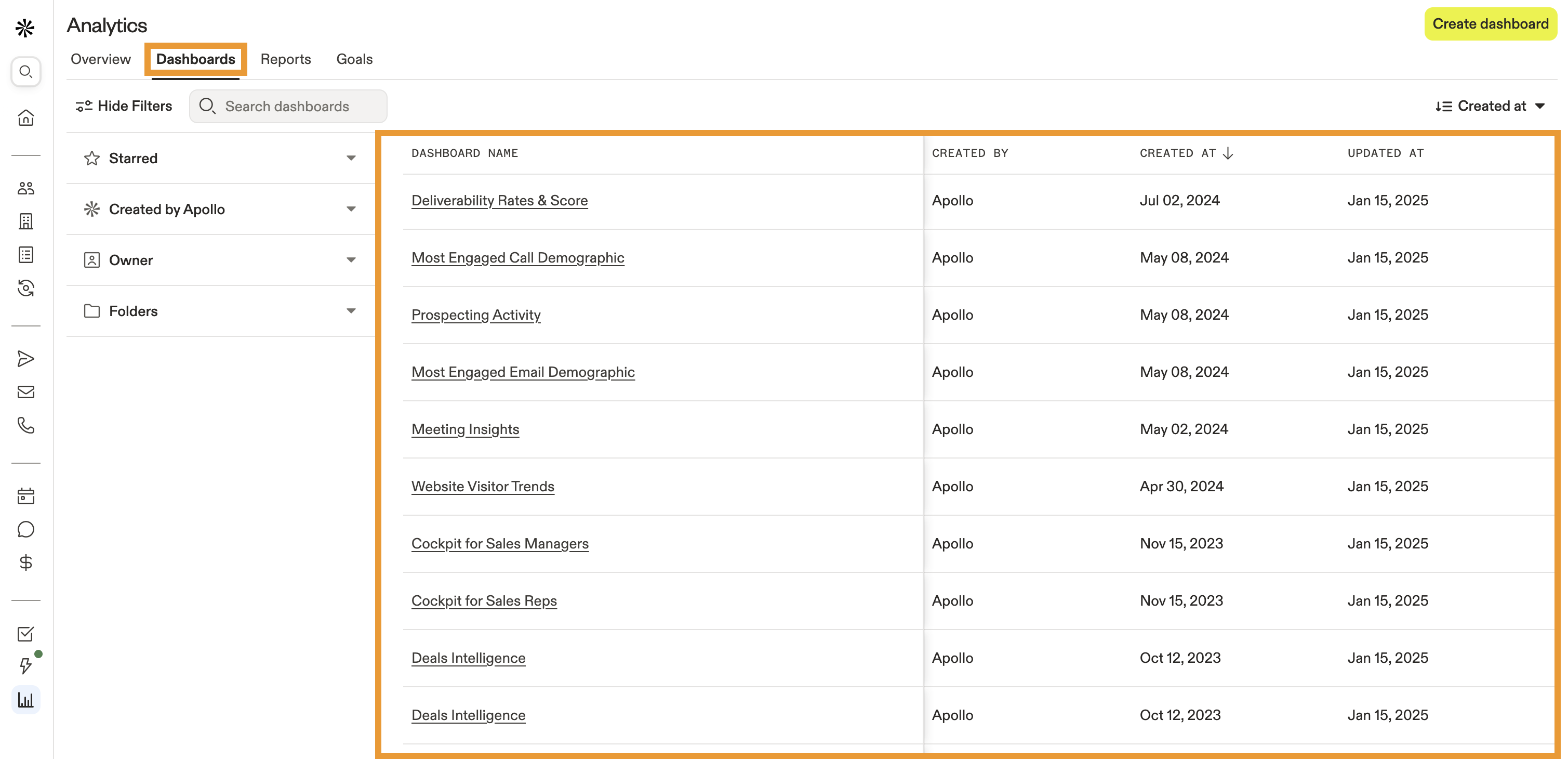
Apollo.io: Complete Buyer's Guide
AI-powered sales intelligence and engagement platform
Apollo.io is an AI-powered sales intelligence and engagement platform that combines a database of 210+ million contacts across 35 million companies with automated prospecting capabilities[51][59].
Market Position & Maturity
Market Standing
Apollo.io has established a strong market position within the sales intelligence and prospecting automation sector, demonstrating significant commercial maturity through measurable business metrics. The company reports $150 million in annual recurring revenue and achieved a $1.6 billion valuation following its Series D funding round, indicating substantial investor confidence and market validation[57][60].
Company Maturity
The platform's market standing is reinforced by G2 rankings that position Apollo.io favorably in multiple categories including 'Lead Intelligence' and 'Sales Intelligence,' particularly within SMB and mid-market segments[54].
Growth Trajectory
The company's growth trajectory reflects market demand for AI-powered prospecting solutions. The platform's database has expanded to 210+ million contacts across 35 million companies, indicating ongoing investment in data acquisition and quality maintenance[51][59].
Industry Recognition
Apollo.io's competitive positioning differentiates it from comprehensive marketing automation platforms through specialized prospecting focus. While competitors like HubSpot offer end-to-end marketing automation and Salesforce Einstein provides predictive analytics integration, Apollo.io concentrates on database-driven prospecting and AI-powered research automation[54].
Strategic Partnerships
Strategic partnerships and integration capabilities position Apollo.io within the broader sales technology ecosystem. The platform's API-first design and CRM synchronization capabilities enable integration with existing technology stacks, reducing implementation barriers and supporting customer retention[56][58].
Longevity Assessment
Long-term viability indicators include sustained revenue growth, continued product development, and expanding customer base across multiple market segments. The platform's focus on AI capabilities aligns with industry trends toward automation and intelligence in sales processes, supporting continued market relevance and competitive positioning.
Proof of Capabilities
Customer Evidence
Smartling, a logistics platform, provides the most comprehensive case study evidence, achieving 10x productivity gains using Apollo's AI capabilities[59][60].
Quantified Outcomes
The deployment reduced manual research time by 80% while improving targeting precision for enterprise accounts[59].
Case Study Analysis
Smartling's implementation enabled business development representatives to access previously unreachable enterprise accounts through automated research capabilities, overcoming initial team resistance to achieve substantial performance improvements[59].
Market Validation
Market adoption evidence includes Apollo.io's position in G2 rankings across multiple categories including 'Lead Intelligence' and 'Sales Intelligence,' particularly in SMB and mid-market segments[54].
Competitive Wins
Competitive displacement evidence shows Apollo.io winning evaluations against traditional CRM tools and comprehensive marketing automation platforms through specialized prospecting capabilities and database coverage advantages[54].
Reference Customers
Documented implementations span from technology companies like Smartling to marketing agencies, with customers reporting consistent productivity improvements and research automation benefits[45][59].
AI Technology
Apollo.io's artificial intelligence architecture centers on three core technological capabilities that differentiate it within the sales intelligence market. The AI Research Agent represents the platform's most sophisticated capability, automating prospect research through integrated data analysis and intelligent message generation[58].
Architecture
The platform's database architecture manages 210+ million contacts across 35 million companies, utilizing web-scraping technologies and data enrichment processes to maintain contact accuracy[51][59].
Primary Competitors
Primary competitors include HubSpot for end-to-end marketing automation, Salesforce Einstein for predictive analytics integration, and Clay for advanced hyper-personalization capabilities.
Competitive Advantages
Apollo.io's competitive advantages center on database scope, prospecting automation specialization, and accessible pricing models that serve small-to-medium businesses[54][44][50].
Market Positioning
Apollo.io occupies a distinct market position as a prospecting-specialized platform with AI capabilities, competing differently than comprehensive marketing automation solutions.
Win/Loss Scenarios
Win/loss scenarios favor Apollo.io when database coverage, prospecting automation, and accessible pricing represent primary requirements. The platform wins against traditional CRM tools through AI capabilities and database scope.
Key Features

Pros & Cons
Use Cases
Integrations
Pricing
Featured In Articles
Comprehensive analysis of AI Lead Nurturing for AI Marketing & Advertising for AI Marketing & Advertising professionals. Expert evaluation of features, pricing, and implementation.
How We Researched This Guide
About This Guide: This comprehensive analysis is based on extensive competitive intelligence and real-world implementation data from leading AI vendors. StayModern updates this guide quarterly to reflect market developments and vendor performance changes.
60+ verified sources per analysis including official documentation, customer reviews, analyst reports, and industry publications.
- • Vendor documentation & whitepapers
- • Customer testimonials & case studies
- • Third-party analyst assessments
- • Industry benchmarking reports
Standardized assessment framework across 8 key dimensions for objective comparison.
- • Technology capabilities & architecture
- • Market position & customer evidence
- • Implementation experience & support
- • Pricing value & competitive position
Research is refreshed every 90 days to capture market changes and new vendor capabilities.
- • New product releases & features
- • Market positioning changes
- • Customer feedback integration
- • Competitive landscape shifts
Every claim is source-linked with direct citations to original materials for verification.
- • Clickable citation links
- • Original source attribution
- • Date stamps for currency
- • Quality score validation
Analysis follows systematic research protocols with consistent evaluation frameworks.
- • Standardized assessment criteria
- • Multi-source verification process
- • Consistent evaluation methodology
- • Quality assurance protocols
Buyer-focused analysis with transparent methodology and factual accuracy commitment.
- • Objective comparative analysis
- • Transparent research methodology
- • Factual accuracy commitment
- • Continuous quality improvement
Quality Commitment: If you find any inaccuracies in our analysis on this page, please contact us at research@staymodern.ai. We're committed to maintaining the highest standards of research integrity and will investigate and correct any issues promptly.